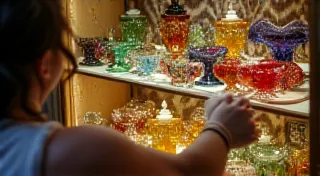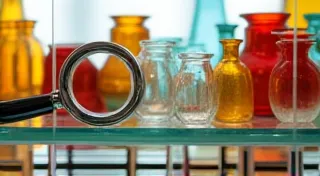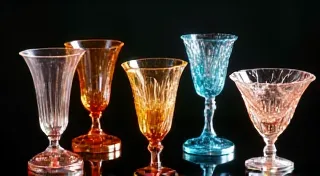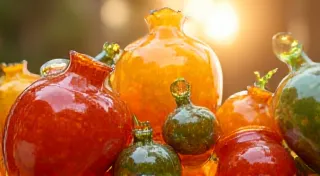Identifying Imperial Carnival Glass: Characteristics & Marks
Imperial Glass Corporation, based in Elyria, Ohio, was one of the most prolific producers of carnival glass in the United States. Their pieces are highly sought after by collectors, but accurately identifying Imperial carnival glass can be a challenge. This guide will delve into the key characteristics, markings, and common patterns associated with Imperial's production, helping you build your collecting knowledge.
The History of Imperial and Carnival Glass
Imperial Glass began producing glass in 1903 and quickly embraced the burgeoning popularity of carnival glass in the early 1900s. While initially producing a wide variety of glassware, their carnival glass production peaked between 1911 and the 1920s. The stylistic influences of the time are undeniable; many collectors find that appreciating the influence of the Victorian era helps contextualize the design choices evident in Imperial’s work. After the carnival glass craze subsided, Imperial continued to manufacture pressed glass, but their legacy remains strongly tied to this vibrant and collectible art form.
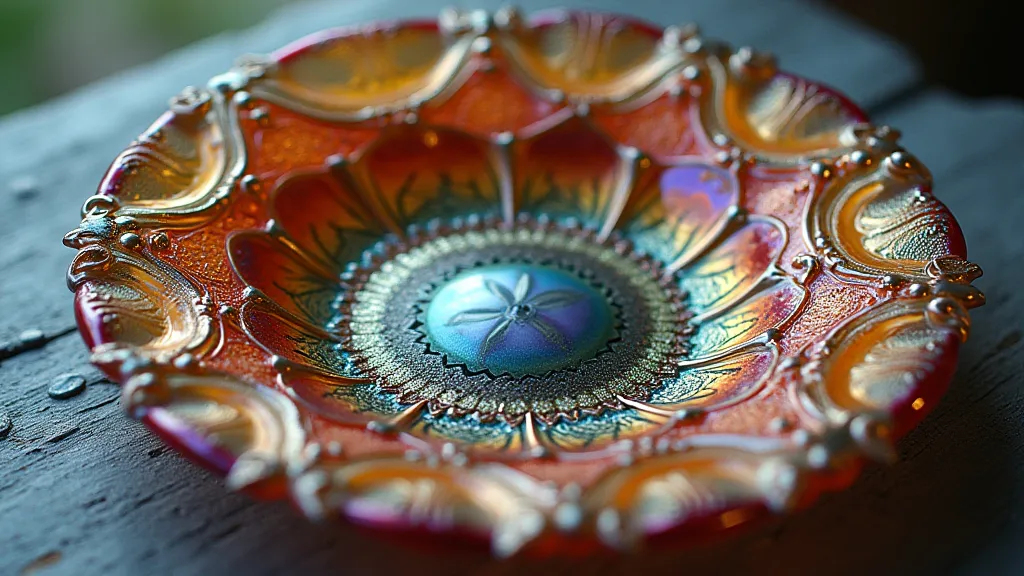
Key Characteristics of Imperial Carnival Glass
Imperial’s carnival glass generally displays specific qualities that help distinguish it from pieces made by other manufacturers.
- Iridescence: Like all carnival glass, Imperial pieces are known for their iridescent surface. This shimmering effect is caused by a metallic coating applied during the manufacturing process. Imperial’s iridescence can vary from a subtle sheen to a more intense rainbow effect. The formation of this iridescence is a fascinating process, and for those interested in the science behind it, exploring topics such as carnival glass slag formation provides a deeper understanding.
- Pressing Technique: Imperial used a pressed glass technique. This means the molten glass was forced into molds to create the desired shapes. Look for slight imperfections or variations in the glass, which are common with pressed glass.
- Glass Thickness: Imperial pieces are often slightly thinner than those made by some other manufacturers, particularly in the earlier years of production.
- Color Ranges: Imperial produced a wide range of colors, including butter yellow, peach, teal, blue, green, and marigold.
Identifying Marks on Imperial Carnival Glass
Unfortunately, Imperial Glass did not consistently mark their carnival glass. Many pieces are unmarked, which can make identification more difficult. However, some pieces do bear markings, which can be invaluable for authentication.
- "Imperial" Mold Marks: The most common identifying mark is the word "Imperial" molded into the base of the piece. This mark was used inconsistently, and its presence does not guarantee a piece is authentic. The style of the lettering can also provide clues to the period of manufacture.
- “I.G. Co.”: Some pieces are marked with "I.G. Co.," which stands for Imperial Glass Company.
- Patent Dates: Occasionally, patent dates will be molded into the base of the piece. These dates can help narrow down the period of manufacture.
- Fire-King Markings: It's important to note that many collectors are familiar with Fire-King glassware. While primarily known for milk glass, some Imperial carnival glass pieces were mistakenly marked with the Fire-King logo, which can lead to misidentification. Understanding the nuances between these marks is a crucial skill for serious collectors.

Common Imperial Carnival Glass Patterns
Recognizing Imperial patterns is essential for identification and appreciation. Here are a few notable examples:
- Finger Wave: A very popular pattern characterized by ridged designs reminiscent of 1920s hairstyles.
- Mirror Glass: A geometric pattern featuring a repeating diamond-shaped design.
- Bergamot: Features a stylized blossom pattern.
- Fire-King: While most Fire-King is not carnival glass, Imperial did produce carnival glass pieces with the Fire-King logo. Be cautious, as these pieces can be misidentified. A more comprehensive look at popular carnival glass patterns highlights the diversity and beauty of this collectible art form.
- Slag Glass: A pattern using darker glass, often with a mottled appearance.
- Comet: Recognizable by its swirling, starburst-like design. This pattern is particularly striking in marigold colors.
- Moonstone: Features a delicate, textured surface that resembles moonlight reflecting on water.
- Water Lily: A graceful design incorporating lily pad and blossom motifs.
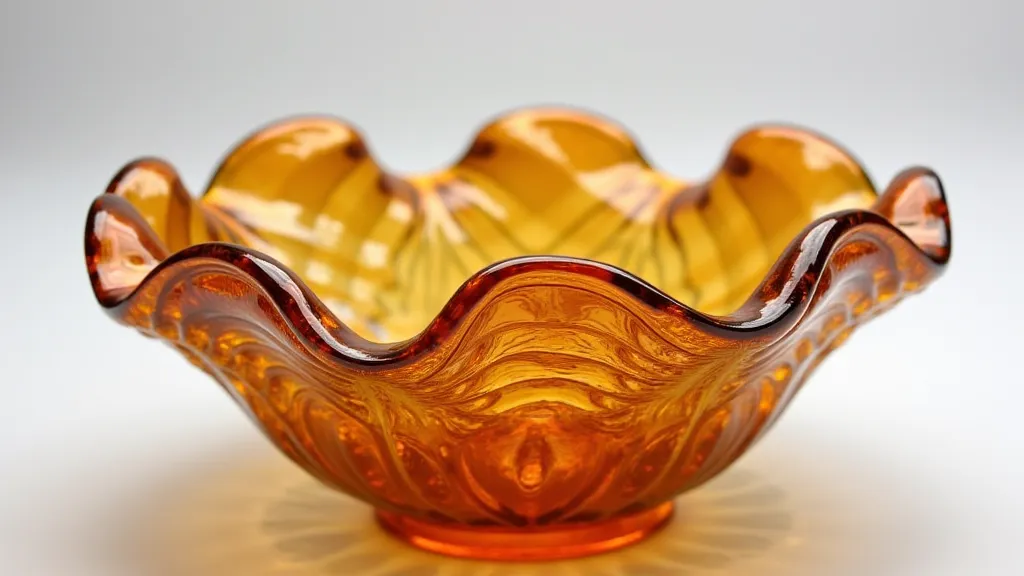
Challenges in Identification
Identifying Imperial carnival glass can be tricky. Here are a few common pitfalls:
- Lack of Marks: The prevalence of unmarked pieces makes positive identification difficult.
- Similar Patterns: Some patterns are similar to those produced by other manufacturers, requiring careful comparison and expertise.
- Color Variations: Color can be influenced by lighting and the condition of the iridescence, making it challenging to definitively attribute a piece.
- Condition and Restoration: The condition of a piece significantly impacts its value and can sometimes obscure identifying characteristics. Restoration attempts, while often intended to improve appearance, can inadvertently alter the iridescence or introduce inconsistencies.
Caring for Your Imperial Carnival Glass Collection
Preserving your collection is paramount. Carnival glass is delicate and susceptible to damage. Proper cleaning and storage are essential to maintain its beauty and value. For detailed guidance, consult our article on caring for your carnival glass collection, which provides practical tips for preservation.
Resources for Further Research
Collecting vintage carnival glass is a rewarding pursuit. To deepen your knowledge, consider exploring these resources:
- Specialized Carnival Glass Books and Catalogs: Many excellent reference materials provide detailed information on manufacturers, patterns, and values.
- Online Forums and Collector Groups: Connecting with other collectors can provide valuable insights and assistance with identification.
- Auction Sites and Dealer Websites: Studying examples of Imperial carnival glass offered for sale can help you develop your eye for detail.
- Museums and Historical Societies: Visiting museums and historical societies that feature carnival glass collections can provide a unique perspective and inspire your collecting passion.
- Appraisal Services: For pieces of significant value or historical importance, consider seeking professional appraisal services to determine their worth and ensure proper documentation.
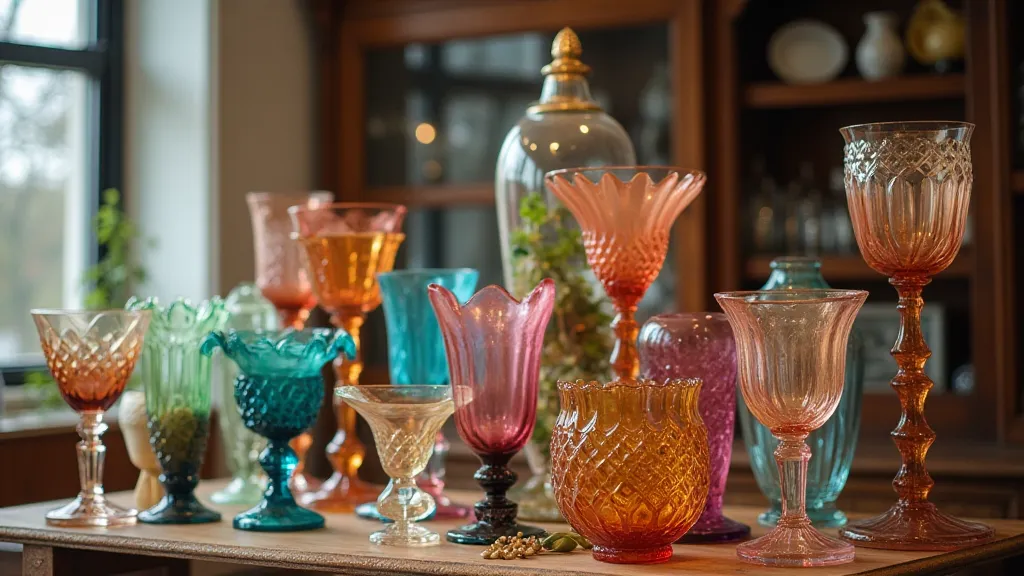
With careful observation, research, and a bit of practice, you can successfully identify and appreciate the beauty and charm of Imperial carnival glass.
